Venetian Artist Rosalba Giovanna Carriera’s Turned Ivory Paint Palette Pot
The Venetian Artist Rosalba Giovanna Carriera’s Turned Ivory Paint Palette Pot the top unscrewing to reveal Twelve Petal Edged Palettes another compartment to the Bulb shaped Base which held a 19th century Letter detailing the Provenance
The letter now housed in a custom made wallet
Late 17th to Early 18th Century
Size: 16cm high, 10cm dia. - 6¼ ins high, 4 ins dia.
3.7cm dia. 1½ ins dia. (each palettes)
The letter now housed in a custom made wallet
Late 17th to Early 18th Century
Size: 16cm high, 10cm dia. - 6¼ ins high, 4 ins dia.
3.7cm dia. 1½ ins dia. (each palettes)
Rosalba Carriera (1673 - 1757) was born in Venice into a modest family and was most probably self taught. She became internationally celebrated and praised for her talent as a pastel portraitist. She also painted portrait miniatures often portraying foreign visitors to Venice. In 1705 she was elected a member of the Academia di San Luca, the artists academy in Rome. In 1720 she was at the French court in Paris where she painted Louis XV as a boy. Whilst there she was elected a member of the French Royal Academy for Painting and Sculpture. One of her most ardent admirers was Frederick Augustus II, Elector of Saxony, who filled one of the rooms of his palace in Dresden with more than 100 of her pastels. This paint palette pot is typical of the work produced in turned ivory in late 17th century - early 18th century Dresden and was very probably acquired by, or given to her whilst she was there.
Rosalba was in the vanguard of female artists during the early 18th century and her mastery of working in pastels helped transform the medium into a serious and highly regarded art form. Her portraits were often commissioned by the newly rich, as well as the European nobility, as a visible symbol of their wealth. Eager to affirm their elevated social status sitters were depicted in the latest fashion wearing sumptuous outfits. With its unique texture and luminosity, pastel was the most suited medium to capture the sitters evanescent expressions and the richness of their silk and velvet attire. For both the artist and the sitter pastel painting offered practical advantages over oil as it required fewer sittings because it did not need to dry between sessions. Ready made pastel sticks were also easily portable and cost much less than oils. Carriera’s ability to smooth and blend the hues in her portraits influenced a whole generation of British pastelists among them John Russel, who trained with Francis Coles who wrote ‘Elements of Painting with Crayons’ (1772), one of the earliest English treatises on the pastel technique.
Tragically in 1745 Rosalba Carriera began to loose her eyesight and by 1749 she had became permanently blind and was no longer able to work.
Rosalba was in the vanguard of female artists during the early 18th century and her mastery of working in pastels helped transform the medium into a serious and highly regarded art form. Her portraits were often commissioned by the newly rich, as well as the European nobility, as a visible symbol of their wealth. Eager to affirm their elevated social status sitters were depicted in the latest fashion wearing sumptuous outfits. With its unique texture and luminosity, pastel was the most suited medium to capture the sitters evanescent expressions and the richness of their silk and velvet attire. For both the artist and the sitter pastel painting offered practical advantages over oil as it required fewer sittings because it did not need to dry between sessions. Ready made pastel sticks were also easily portable and cost much less than oils. Carriera’s ability to smooth and blend the hues in her portraits influenced a whole generation of British pastelists among them John Russel, who trained with Francis Coles who wrote ‘Elements of Painting with Crayons’ (1772), one of the earliest English treatises on the pastel technique.
Tragically in 1745 Rosalba Carriera began to loose her eyesight and by 1749 she had became permanently blind and was no longer able to work.
Venetian Artist Rosalba Giovanna Carriera’s Turned Ivory Paint Palette Pot

SOLD
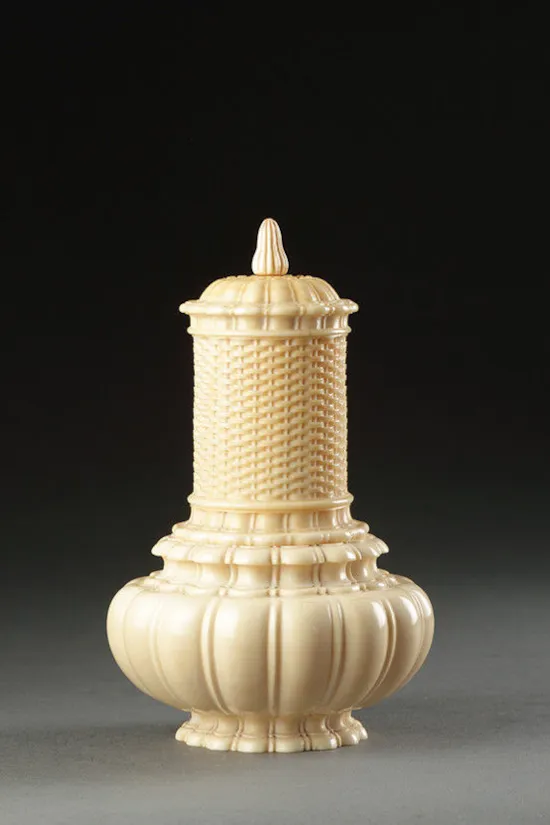
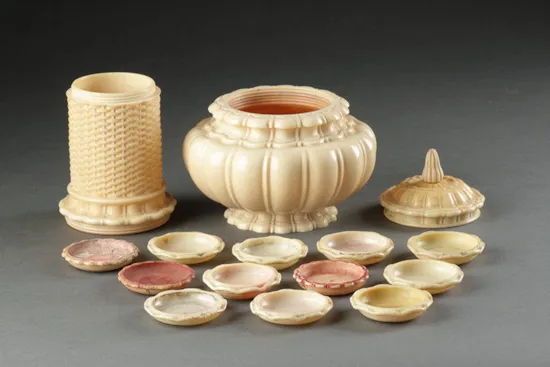
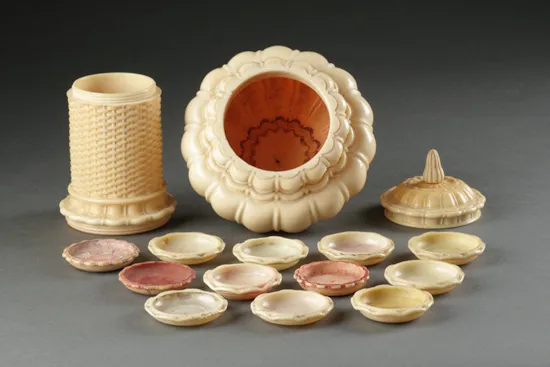
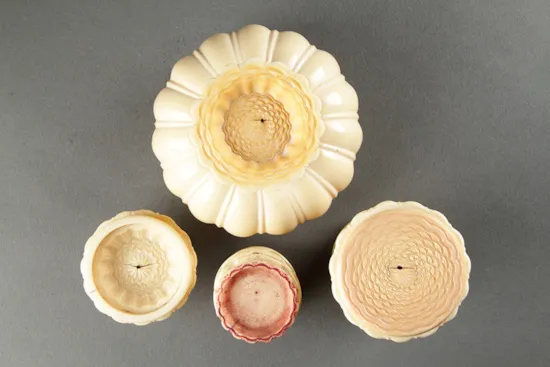
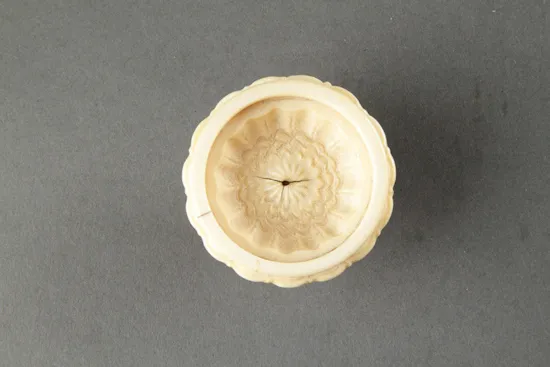
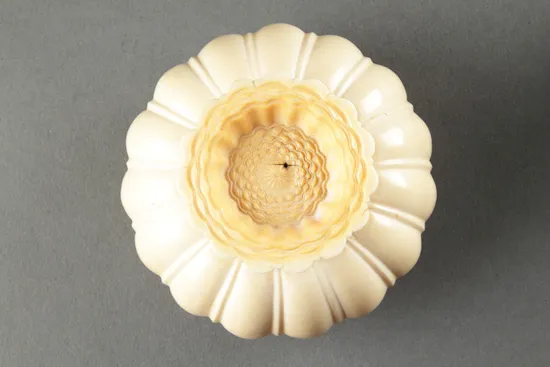
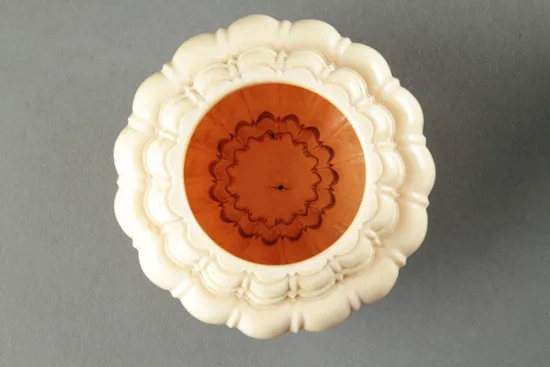
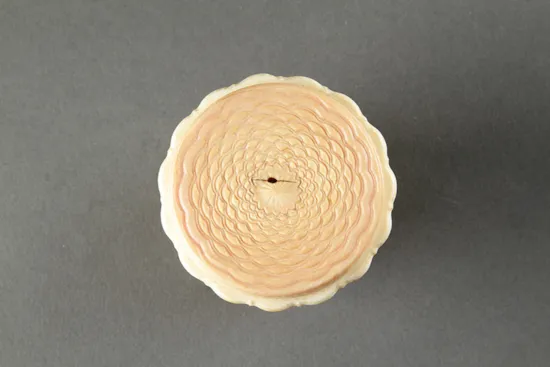
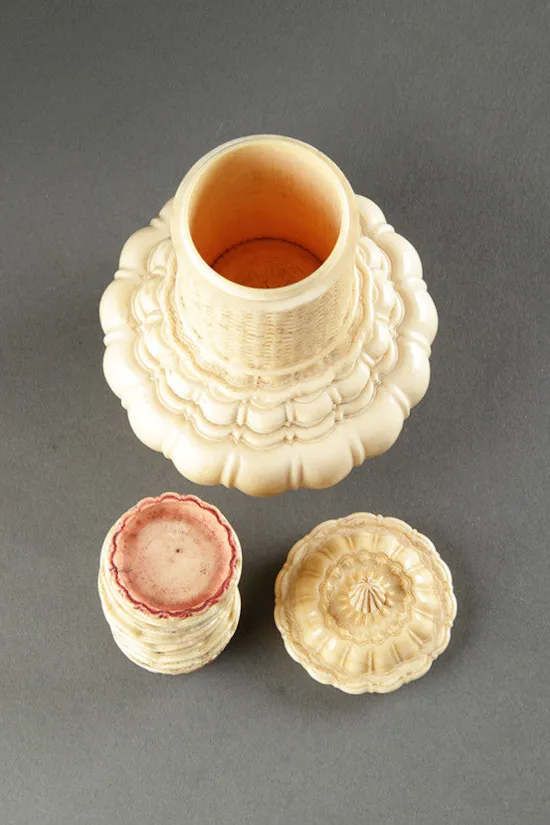
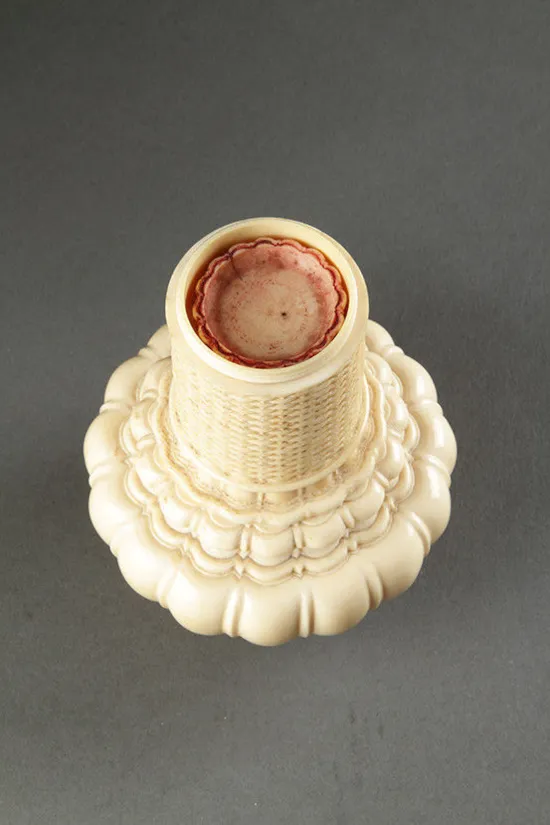


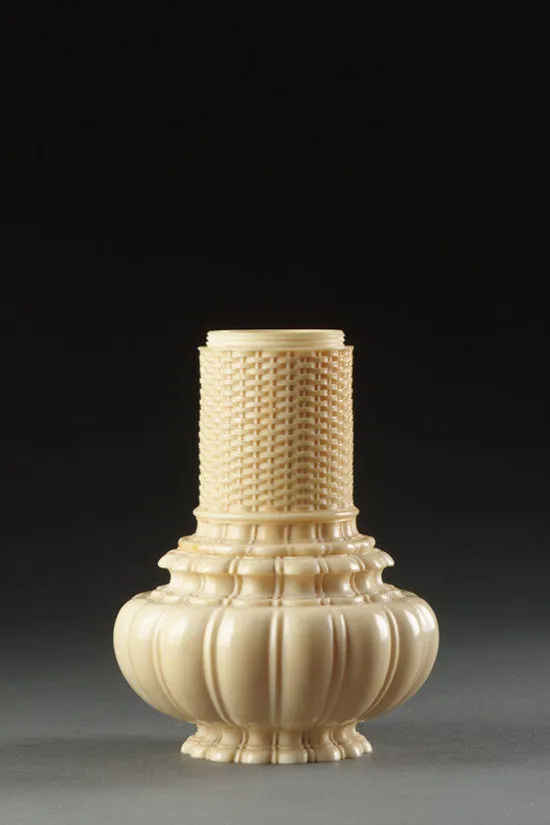
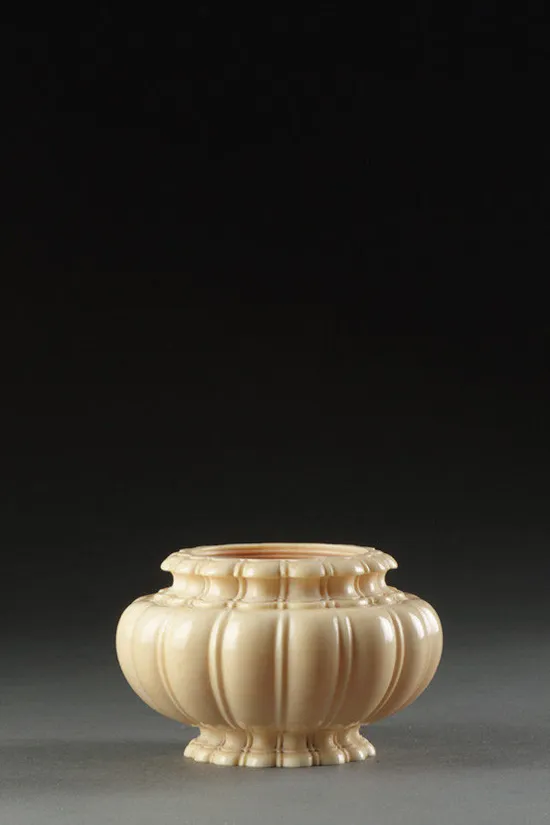
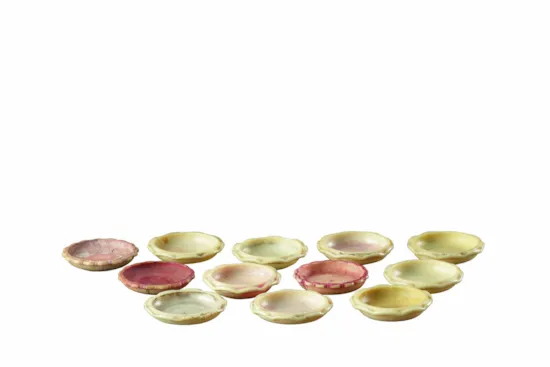
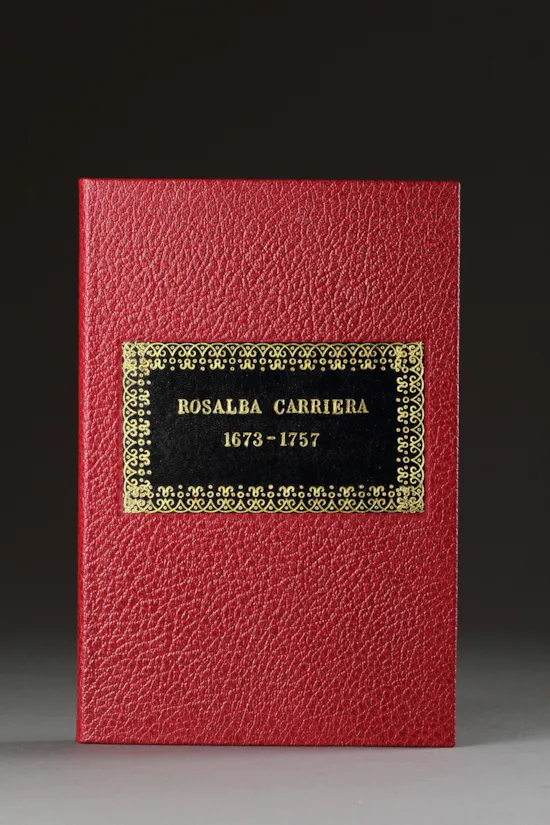
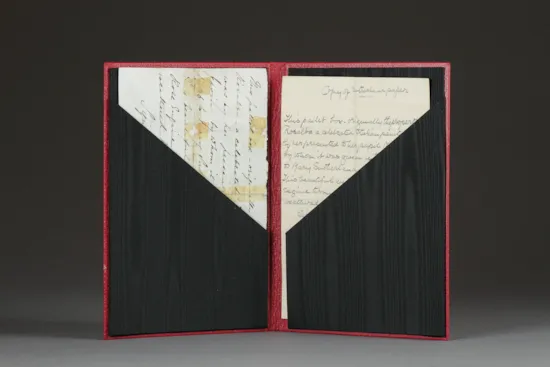
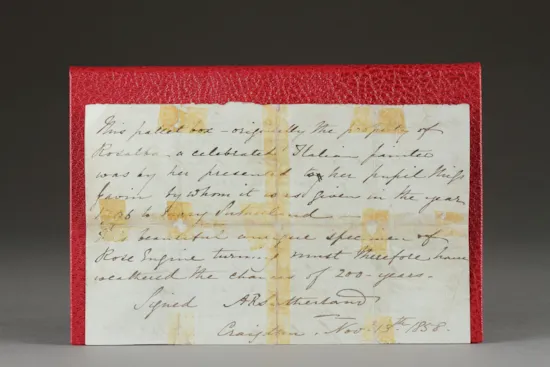
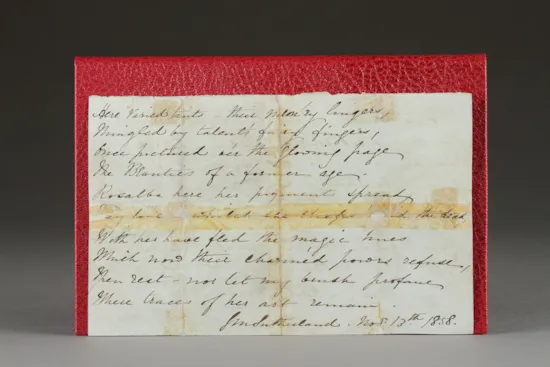
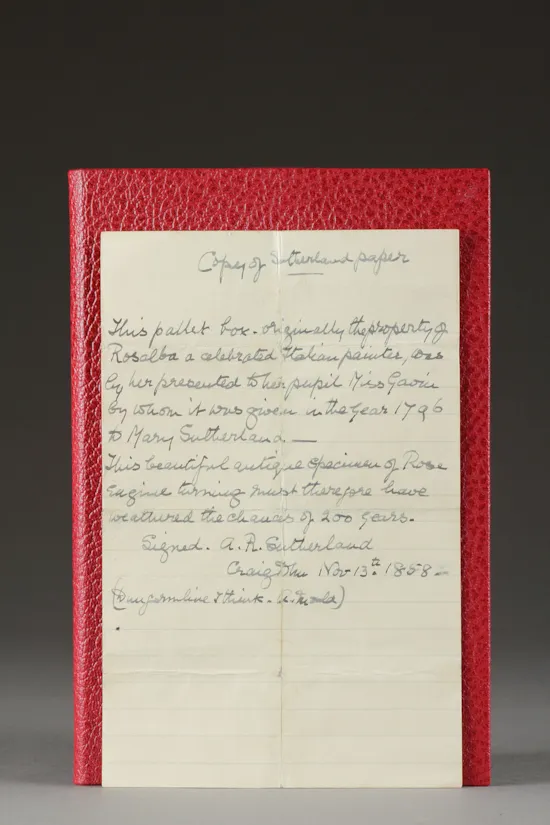
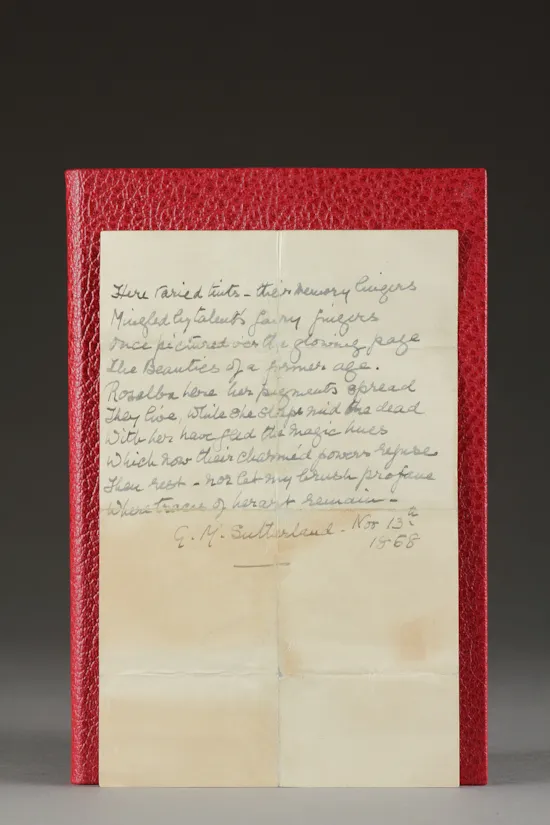
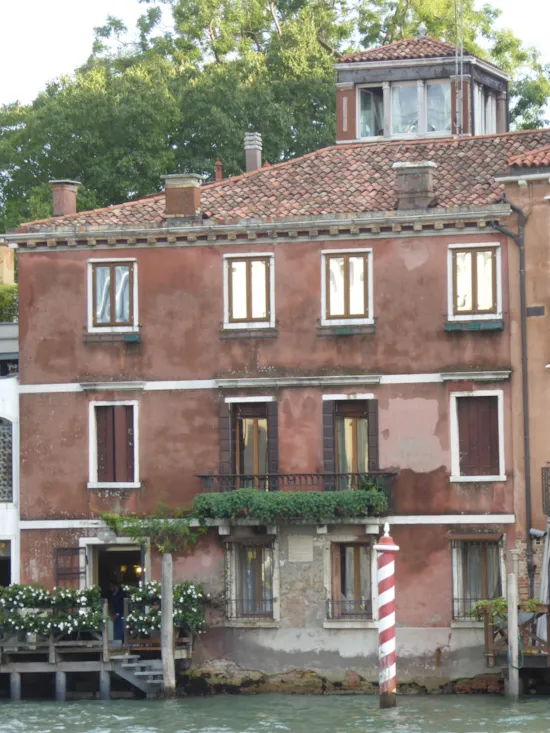

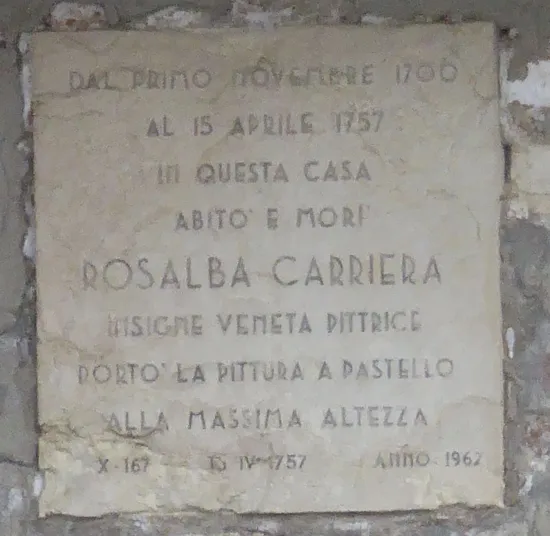
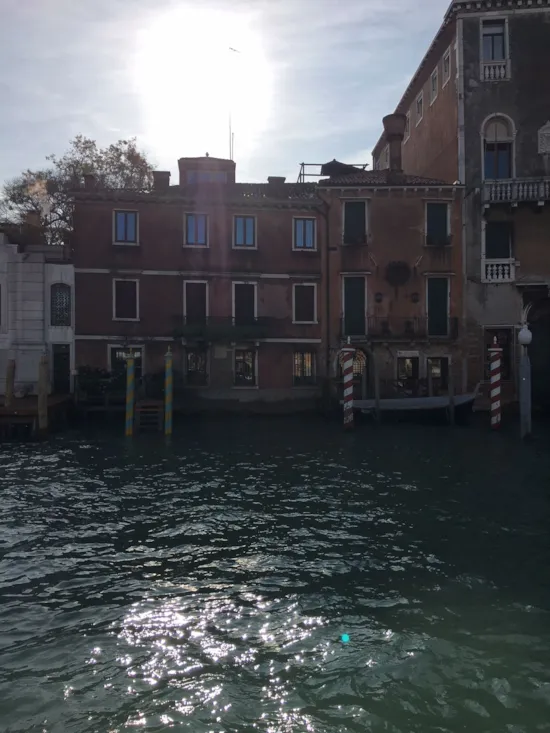

























YOU MAY ALSO LIKE

